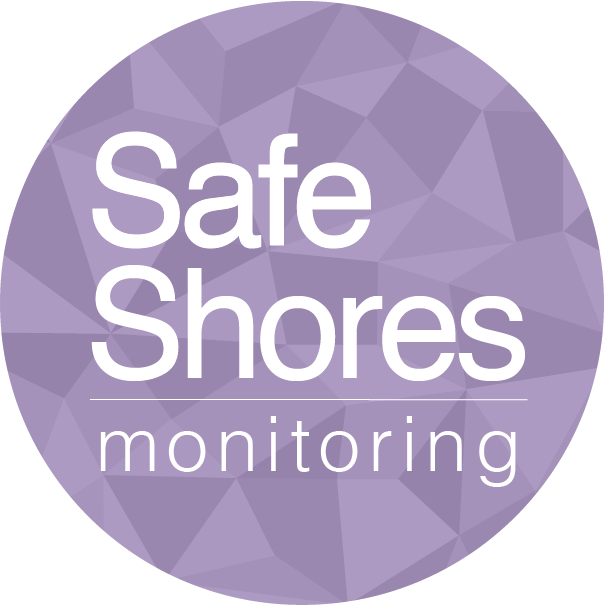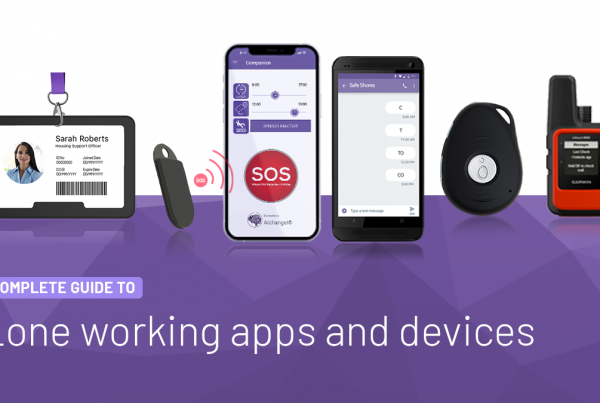Having a lone worker policy in place is one of the most effective ways to drive a positive health and safety culture within your organisation. A lone worker policy helps to outline the key roles and responsibilities within your organisation in regards to lone working, whilst addressing risk factors with detailed procedures and information to support health and safety for all employees and volunteers.

What is a lone worker policy?
A lone worker policy is a comprehensive and practical official document held by your organisation which outlines roles, responsibilities, processes and procedures to help support the health and safety of employees and volunteers who work alone.
You may be wondering, why do I need a lone worker policy? Regardless of your organisation size and sector, there will be times where employees will be working alone without supervision. By creating and implementing a lone worker policy, all employees who find themselves working alone, or who manage employees who work alone, will understand the risks involved, the precautions in place to safeguard employees against foreseeable risks, roles and responsibilities and methods of reporting safety concerns and accidents.
How to write an effective lone worker policy
An effective lone worker policy should be a detailed document that helps to educate employees across your organisation on what lone working is, the risks involved, the different ways you can be a lone worker and their individual roles and responsibilities to uphold health and safety standards for themselves and others around them.
What should a lone worker policy include?
An introduction, purpose and aims of the policy
To help boost engagement with employees, and to reassure them of their health and safety, it’s important to write an introduction to your policy. An effective introduction should explain what the document entails and a summary on your legal duties as an employer.
You may wish to include an additional section on the purpose of the policy. In this section, your organisation should explain why this policy has been created to consider the health and safety implications in respect to lone working and to foster a greater health and safety culture for all staff members. This purpose can be expanded further in a dedicated aims section, which outlines the objectives of the policy. Aims of the policy could include:
- To increase awareness of safety issues related to lone working
- To outline roles and responsibilities of all team members in regards to lone working
- To ensure that risks are adequately assessed and identified to put safety control measures in place to minimise or eliminate risk.
- To encourage full reporting and recording of all adverse incidents relating to lone working
A definition of lone working
Many employees in your organisation may not understand what lone working is and why it’s important to consider health and safety whilst lone working. By providing a detailed explanation of who a lone worker may be, managers and employees can stay educated and can better understand circumstances where they may be at increased risk.
In the most simplest terms, the Health and Safety Executive defines a lone worker as “those who work by themselves without close or direct supervision.”
You may wish to expand on this definition by outlining common lone worker roles within your organisation. This could include:
- Only one person works on site or in the building/premises
- One person works separately from others
- One person works outside normal office hours
- Carrying out work in someone’s home other than their own

Risks of lone working
An effective lone worker policy will outline the different kinds of risks a lone worker may face. When writing your policy, you can observe employees working alone, and consult with different members of the team to understand the different types of risks they may face.
The most effective way to identify risks of lone working is to conduct a risk assessment. By conducting a risk assessment, you can consider different levels of risk, including personal risks, environmental risk factors and occupational hazards that may be experienced whilst lone working. Once you have identified risks, it’s important to record these risks, and consider what measures you can take to reduce or eliminate these risks completely.
Click here to download our free Risk Assessment Toolkit to help you get started.
Some of the most common risks whilst lone working include:
- Personal risks, such as: travelling alone, slips, trips and falls, assault and abuse, and personal health including pre-existing medical conditions
- Environmental risks, such as: working alone in a building/hazardous environment, someone else’s home or premises, an area with poor mobile signal
- Occupational risks, such as: working at height, working in confined spaces, working with high risk individuals, working with vulnerable individuals

Lone working risk control measures
Your lone worker policy should include details on any risk control measures you have implemented to support health and safety whilst lone working. A lone working risk control measure could include, but is not limited to:
- A communication line between the lone worker and a manager/responder via a mobile phone, landline or other communication device.
- A lone working/personal safety mobile app.
- A lone working/personal safety GPS device.
- A lone working/personal safety system.
- A contracted third party lone worker service with a dedicated alarm receiving centre service.
Your lone worker policy should explain what measures you have implemented in detail, and where employees can find more information on the measure, such as employee training guides and instructional videos.
The policy should also explain the roles and responsibilities of lone working risk control measures. For example, managers are responsible for deploying equipment, providing adequate training and monitoring, whilst employees are responsible for maintaining their equipment/service and ensuring that is being used regularly and responsibly whilst lone working.

Roles and responsibilities
Your policy should detail the different roles and responsibilities of different individuals and groups within your organisation. Regardless of sector or size, everyone shares a responsibility to uphold health and safety standards and culture within your organisation, and detailing roles and responsibilities in regards to lone worker safety solidifies this.
Possible roles and responsibilities may include but are not limited to:
Chief Executives/Directors are responsible for:
- Ensuring that there are measures in place to identify, evaluate and manage risk associated with lone working.
- Ensuring that resources are provided to support the implementation of the policy and associated procedures.
- Ensure that health and safety incidents linked to lone working are reviewed and measures are put in place to mitigate future incidents.
Health and Safety Managers are responsible for:
- Ensuring employees and volunteers are appropriately educated on lone worker and personal safety matters.
- Monitoring compliance of lone worker safety control measures, and ensuring the effectiveness of this policy.
- Advising the suitability of lone worker risk control measures.
Line managers are responsible for:
- Carrying out regular risk assessments to identify foreseeable risks and hazards.
- Implementing procedures and safe systems of work in place to mitigate identified risks.
- Ensuring that all employees are provided with the appropriate information, instruction and training to eliminate or reduce risks.
- Ensuring that all incidents are reported, investigated and recorded.
Employees and volunteers are responsible for:
- Considering health and safety in every action they do, ensuring that reasonable care is considered for themselves and others who may be affected by their actions.
- Participating in training programmes designed to support this policy and lone worker safety.
- Reporting all incidents that may affect the health and safety of themselves or others.
For a full example of potential roles and responsibilities, please download our free lone worker policy template (click here!)
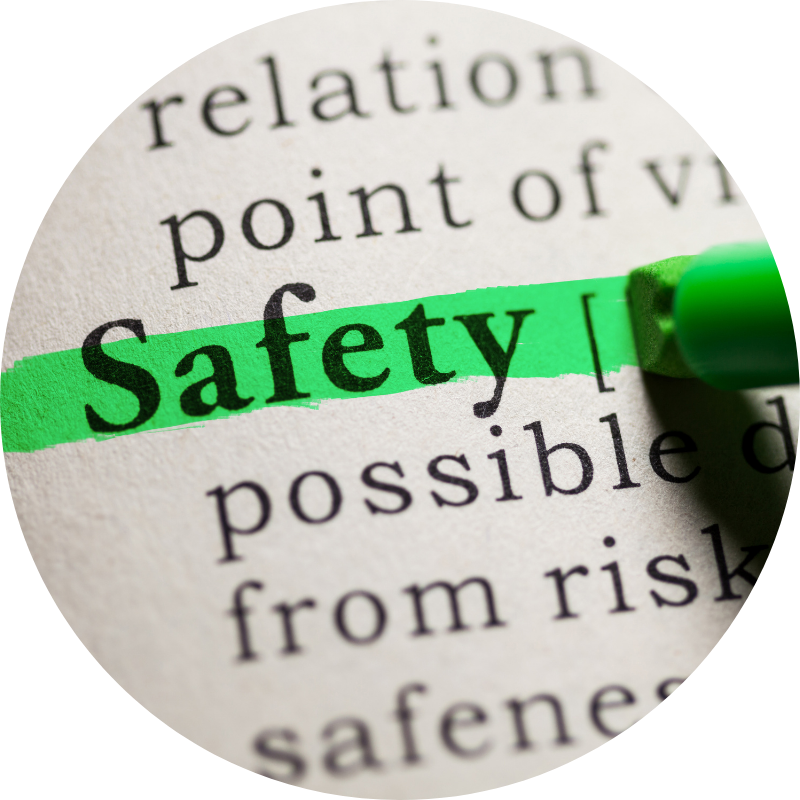
General Guidance
To support lone workers within your organisation, you can include general guidance and information within your policy. This could include tips for office based employees who are working alone, tips for employees working out of office hours, or specific guidance for employees who are remote. The guidance you provide should reflect the different kinds of roles and jobs within your organisation, and the risks identified within your risk assessments.
Examples of guidance could include:
- Encouraging office based employees to record all details of any meetings or visits by email to their line manager, with details of when the meeting starts and ends.
- Encouraging employees working outside of office hours/working remotely to communicate their name, destination, expected time of arrival, vehicle details and telephone number to a designated person or manager.
Guidance should also outline how an employee is expected to use their lone worker safety device or service if they are allocated one.
Reporting
Whilst lone working, there is potential for employees to be involved in incidents which have breached their health and safety. Within your policy, it is important to outline any reporting procedures you have in place to support lone workers and managers to report details of any incidents.
Monitoring and policy review
The landscape for lone working is constantly changing, which means that your policy must be reviewed regularly and monitored for effectiveness.
Your policy should be reviewed annually by relevant staff members. The policy should also be reviewed when health and safety legislation changes, or when an incident has occured. Monitoring and reviewing your policy ensures that it is current and fit for purpose.
Support for employees
The final section of your policy should detail where employees can find or access further support. In this section, you can outline specific training available, members of staff available to discuss further support, and links to any other health and safety policies in place to support employee and volunteer safety.
Download our free lone worker policy template
At Safe Shores Monitoring, we understand that creating a lone worker policy may be a complex and comprehensive task. To help you craft the most suitable lone worker policy for your organisation, we have developed a detailed policy template which you can edit to your unique requirements.
Click here to find out more, or download your copy for free below!
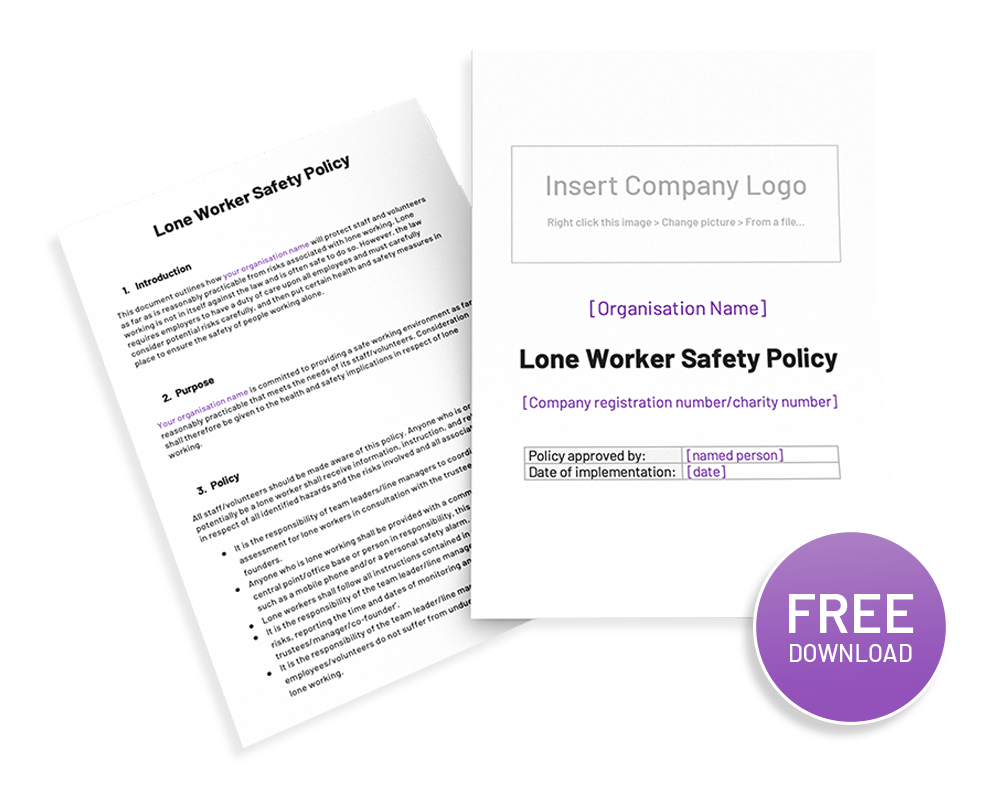
Disclaimer: the information provided in this article is for general guidance only and is not legal advice. This article is not a substitute for Health and Safety consultancy. For legal advice, you should seek independent advice .
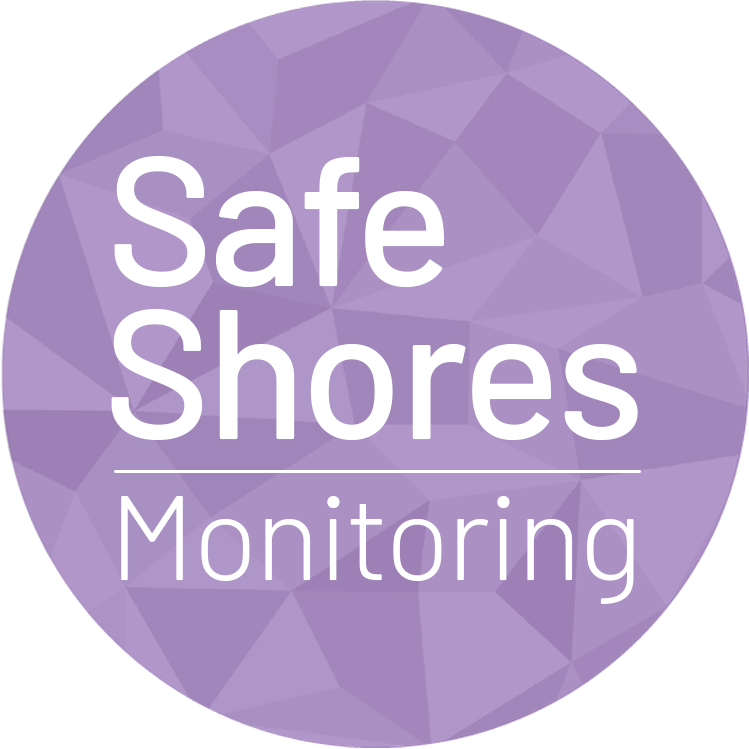
To find out more about Safe Shores Monitoring and out mission to Protect, Assure and Respond to all lone workers and their requirements, please click here.
